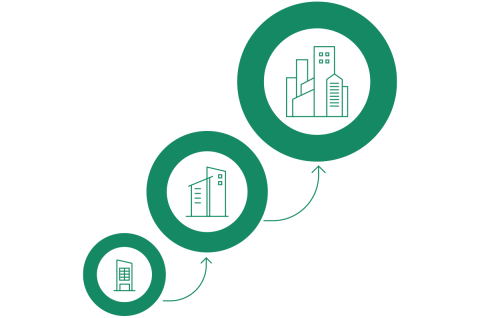Networking and Security Teams Are Converging, Says SASE Adoption Survey
Converging networking with security is fundamental to creating a robust and resilient IT infrastructure that can withstand the evolving cyber threat landscape. It not only protects sensitive data and resources but also contributes to the overall success and trustworthiness of an organization. And just as technologies are converging, networking and security teams are increasingly working together.











